WE PROVIDE:
- Tower Inspection Services
- Routine Inspection
- Pre-work Inspection
- Damage Assessments After Natural Disaster
- Damage Assessment Reporting
- Asset Location Mapping/3D Modeling
- Periodic Tower Structural Audit Inspections – Visual
- Periodic Cellular hardware Inspections – Visual/Thermal
- 360° Panoramic View
- Tower Photo Report Annotated
Telecommunications inspections have become much more complex. The telecommunications industry is one of the first industries to benefit from the use of Drones. Climbing communication towers and other high structures is one of the most dangerous jobs, and telecommunication asset owners can avoid these risks by using drones for these inspections. Commercial drones are changing the way operators are auditing and inspecting wireless infrastructure, by enabling a safer collection of high-resolution images, video, and 3-D renderings of tower assets.
The deployment of aerial intelligence using Drones now allows the industry to greatly improve operational efficiencies by having reliable and accurate aerial data of their assets. Drones also reduce the need for workers to climb towers, high tension arrays, and service poles to perform routine audits and inspections. Drones used for tower inspections allows the operators to quickly identify and verify equipment specifications and/or damage, thereby allowing a more proactive approach to maintenance and repair.
Value of Drones for Cell Tower Inspections
- Higher-resolution visual inspections than ground-based inspections
- Greatly reduce man hours and costs by automating inspections
- Safely assess the condition and orientation of all components of cell towers
- Inspections done from a safe distance
- Towers remain functional during inspection
- Increase efficiency due to data accuracy and reliability, live streaming and zoom/thermal/4k capabilities
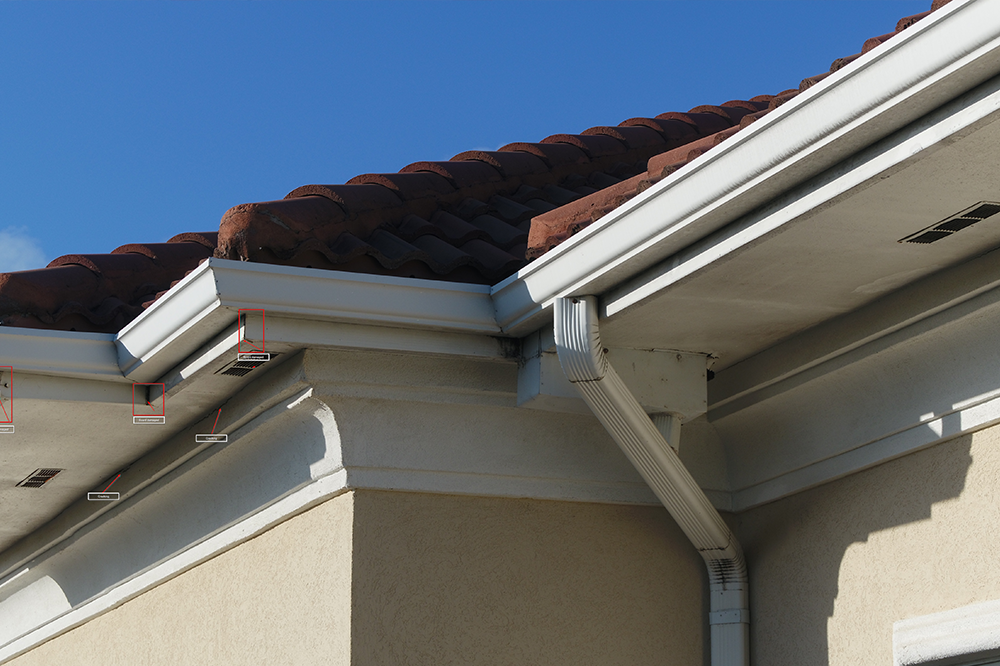
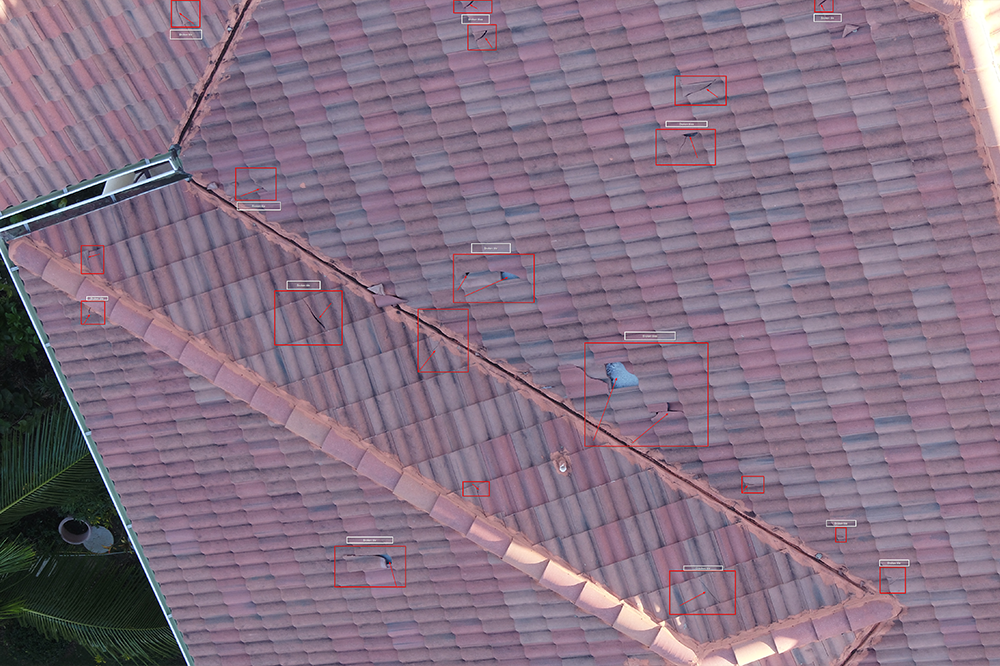
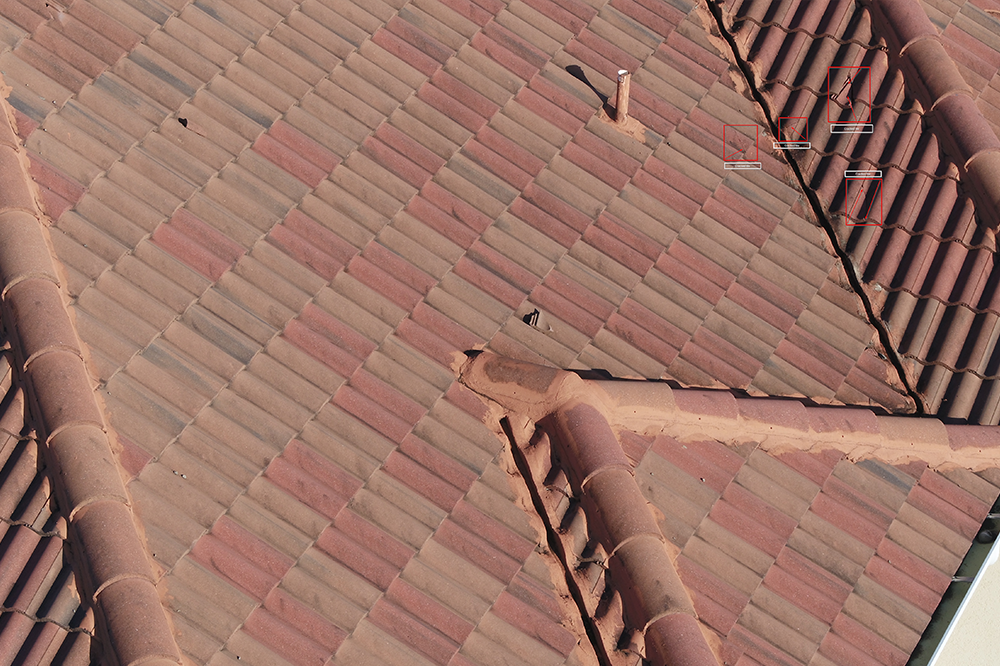
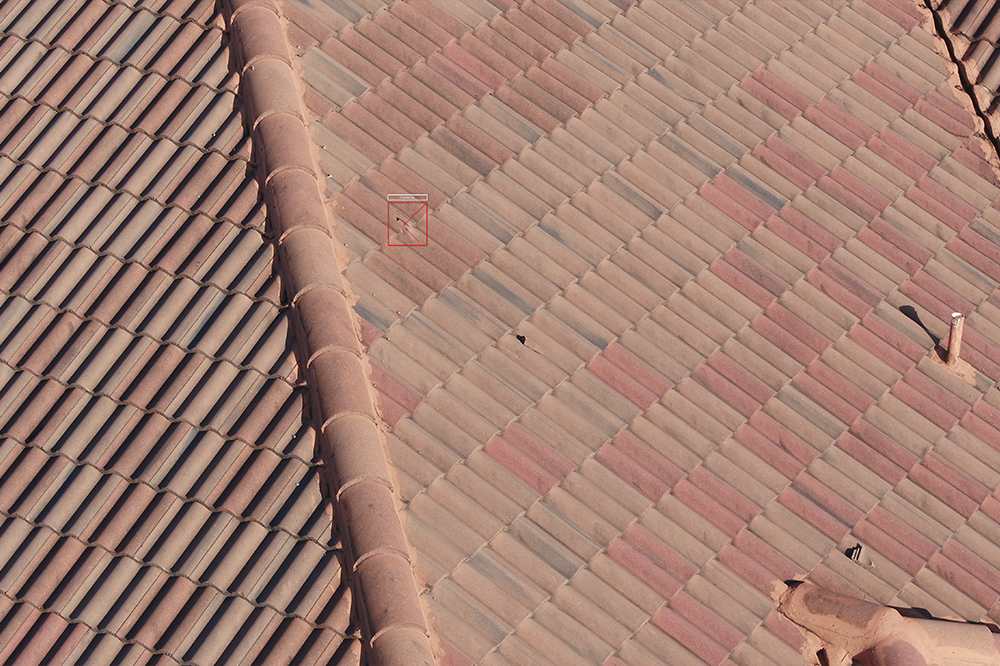
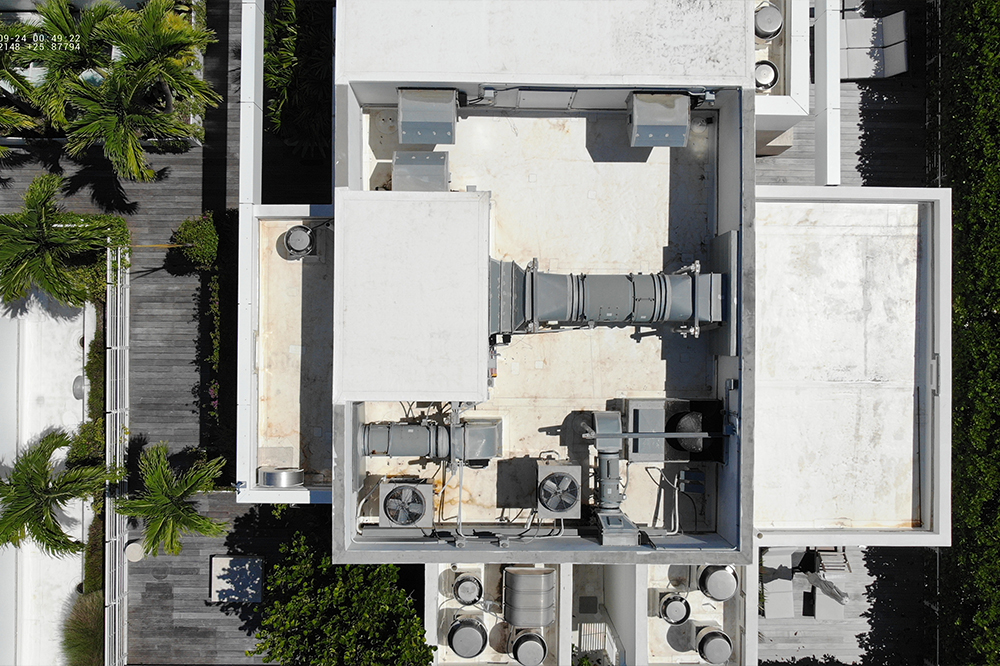


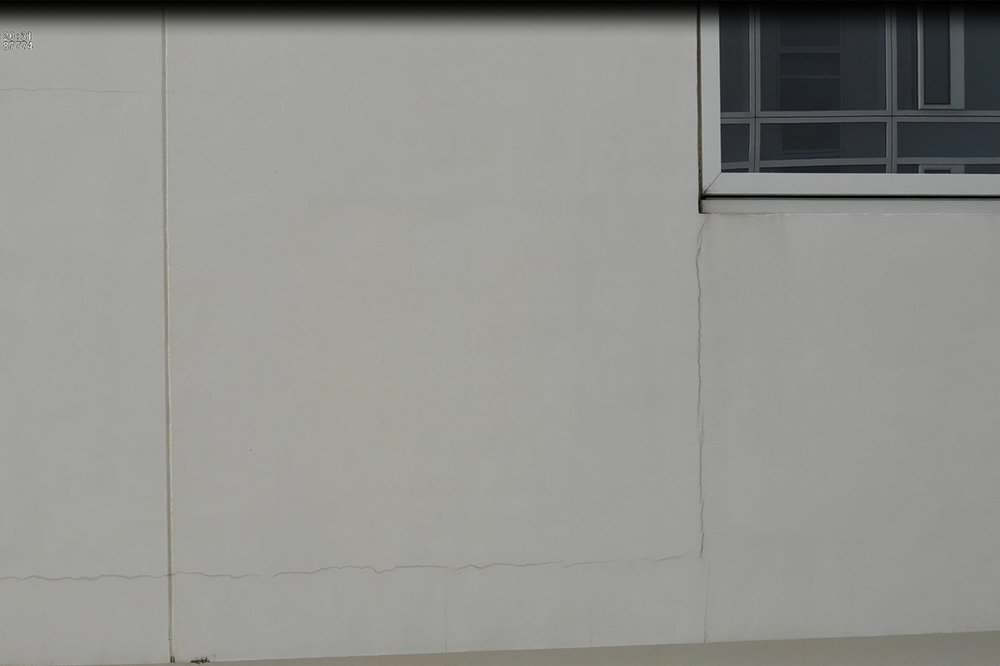
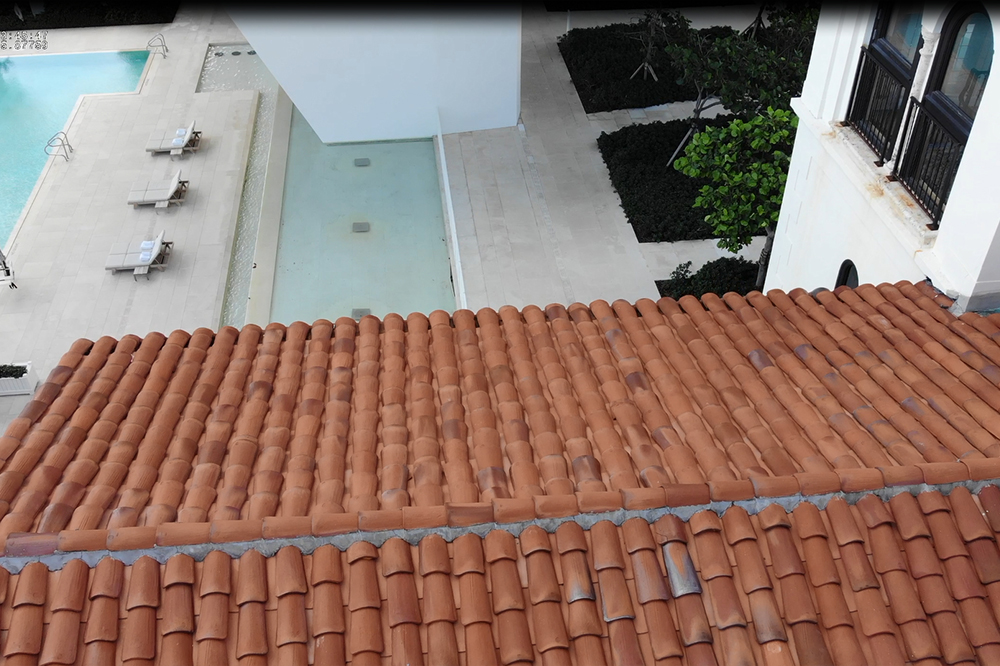
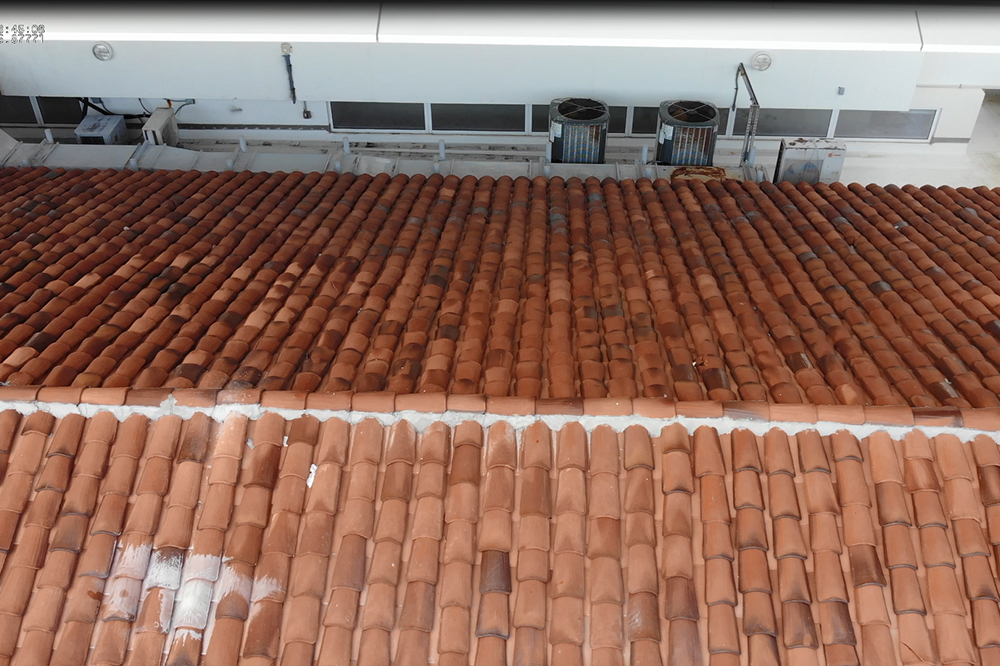
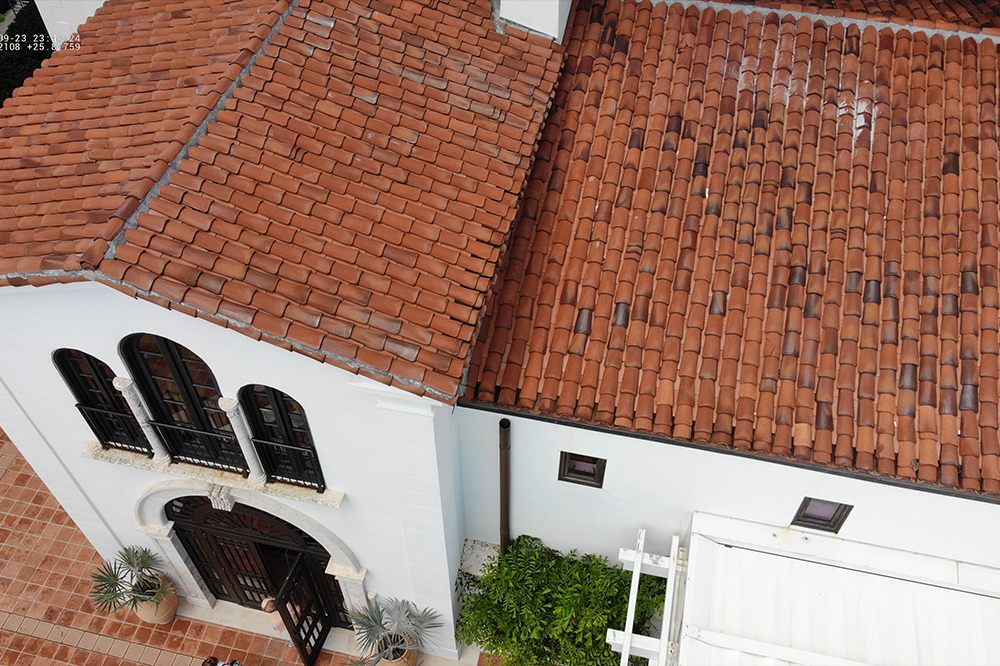
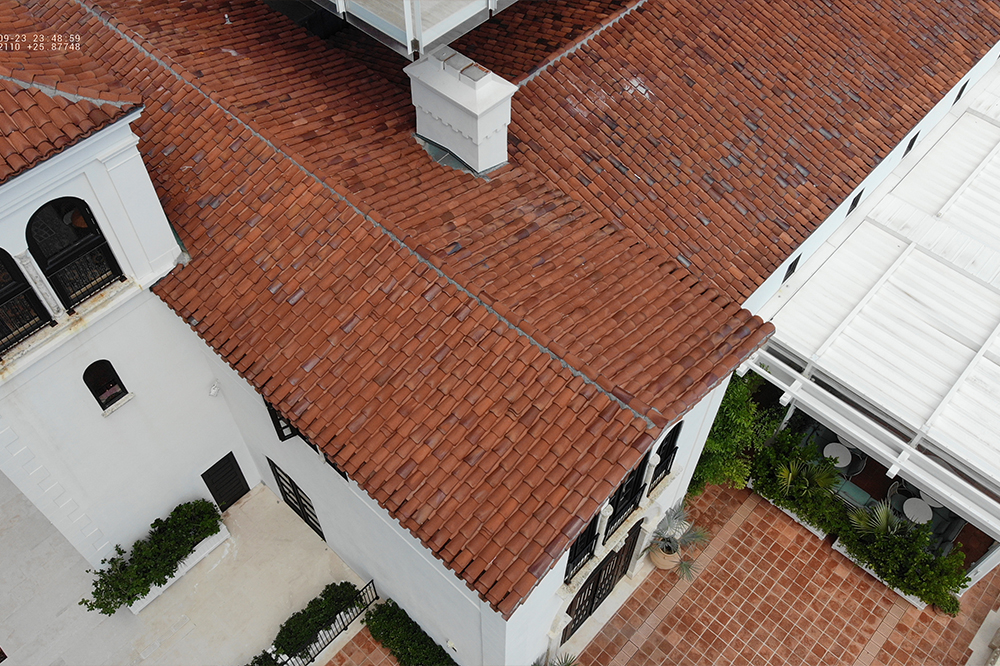
Common Issues Associated with Traditional Communication Tower Inspections
- Need to bring heavy equipment at the inspection site
- Potential safety and life risks
- Comprehensive inspections take too much time
- Expensive and requires lots of resources
- Problems in access to tower sites
At DRIFT UAV our cell tower inspection reporting includes detailed descriptions along with focused visual documentation, which displays severity and provides essential recommendations for replacement or repair.
Cell Tower Inspection Checklist:
- Condition of security fences, including guy anchor fencing
- Tower and anchor base foundation
- Vegetation growth
- Condition of guy wires
- Rust & corrosion inspection
- Identify any visually loose nuts and bolts
- Insulators are intact
- Condition of paint
- Ground rods present and properly connect to guy wires
- Ice shields present and secure
- Condition of antenna and transmission lines
- Grounding kits of cables intact
- Condition of EIA flanges and connectors
- Inspection of cable line attachments












Routine Inspection
Communications or transmission towers are considered critical infrastructure. Companies rely on them for routine operations, and even our daily activities are entirely dependent on these towers working properly. As such, regular inspection is an essential part of tower maintenance.
Drones can be used for regular tower inspection instead of having to send teams of actual personnel up the tower. It’s safer, faster, and probably cheaper in the long run. With drones, regular inspections can be done at a higher frequency, making tower operations more reliable.
Pre-work Inspection
Inevitably, repair works need to be done on sections of a tower that has been damaged either by extreme weather or just regular wear and tear. This is a dangerous and logistically complex task.
Drones can be used for detailed documentation of repair sites prior to the repair team moving in. With the data or images collected by the drone, repair teams can be better informed about the tools that they will or the amount of work that needs to be done. Every bit of preparation helps for a task as monumental as making repairs on a tower.
Damage Assessments After Natural Disaster
After a natural disaster, conditions are variable, and it can be difficult to send crews into potentially hazardous environments to assess the damage. Using drones, you can survey an area quickly, without risking personnel. Drones have the advantage of elevation, which means they can provide more comprehensive information than ground crews, which leads to better decision-making.
Damage Assessment
Large towers are particularly prone to get damaged in case of an extreme weather event. When this happens, the tower needs to be assessed quickly. This can have repercussions on how the tower can continue to function or if repair teams need to be mobilized. An initial assessment can also help determine the ideal approach path for the repair team, should some sections of the tower be damaged.